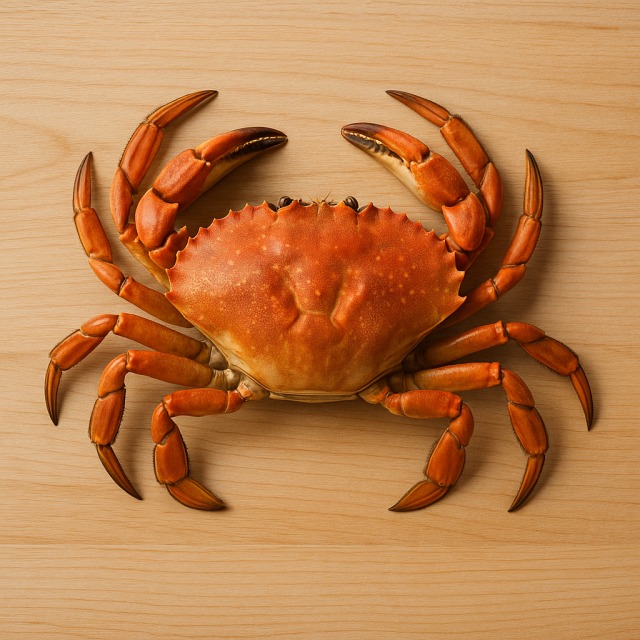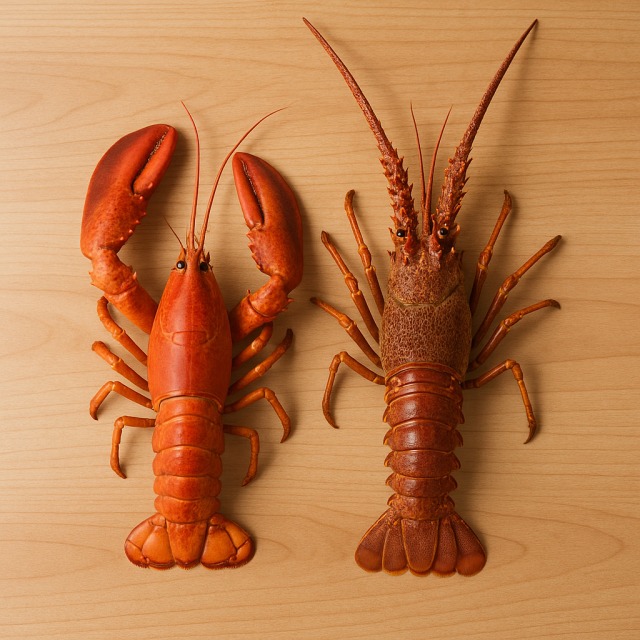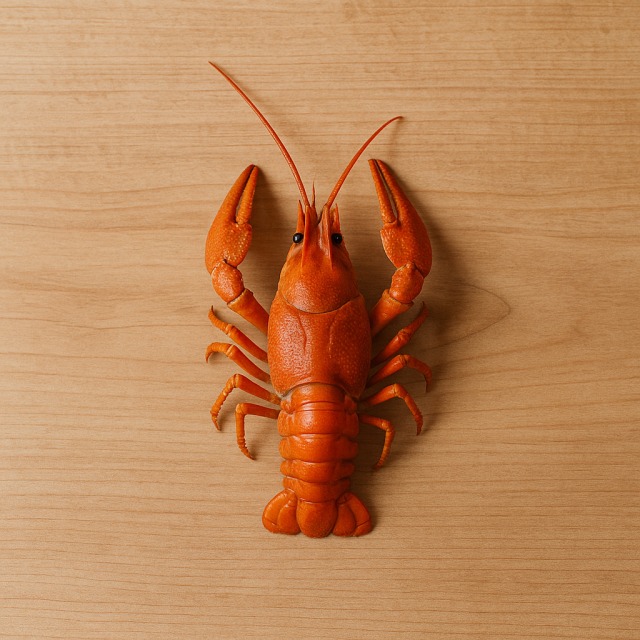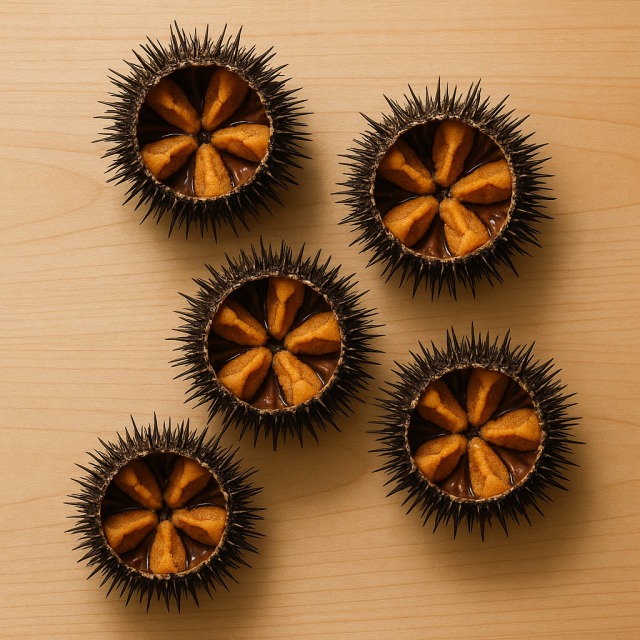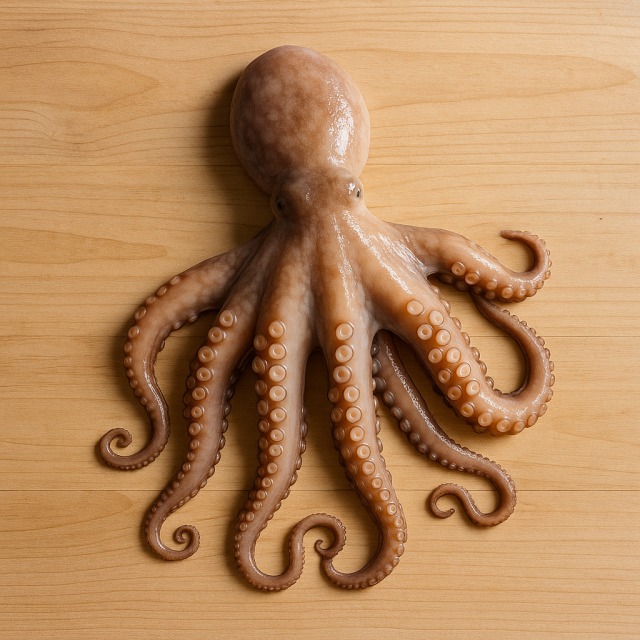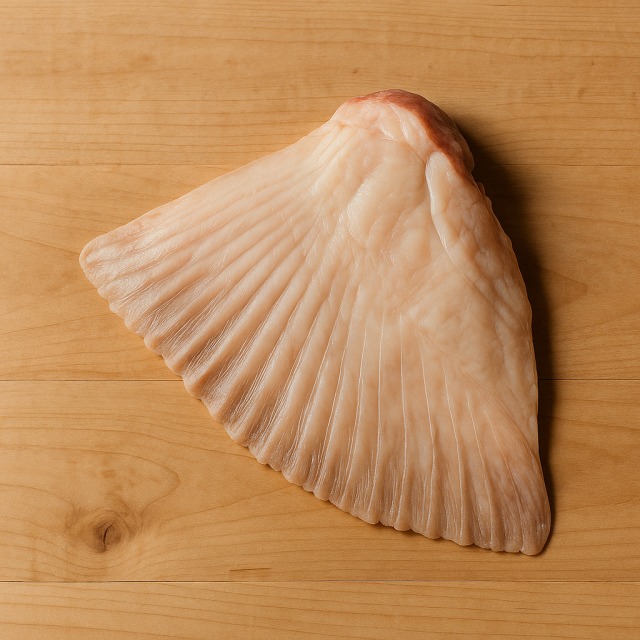Calorie Chart / Fish / Shrimp Prawn
How Many Calories Are in Shrimp and prawn?
Calculation of the nutritional value & Recommended Dietary Intake of shrimp and prawn
For g and a calorie requirement of kcal
| Calories 147 kcal | Proteins 32 g | Lipids 2.3 g | Carbohydrates 0 g |
| 7% | 43% | 3% | 0% |
Health benefits of shrimp and prawn
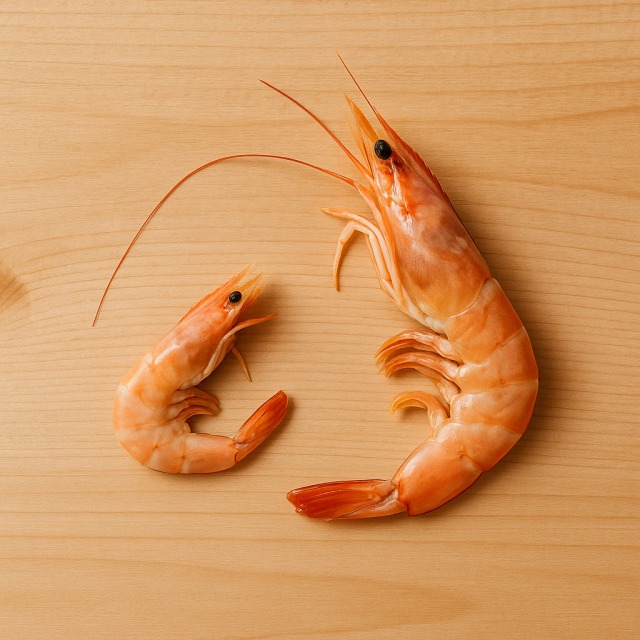
Shrimp and prawn - 100g
Calories 98 kcal
Proteins 21 g
Lipids 1.5 g
Carbohydrates 0 g
With only 98 kcal per 100 g, shrimp and prawn are considered a low-calorie food. Their very low-calorie content is paired with a high 21 g dose of proteins and virtually no carbohydrates, making them attractive to anyone who counts calories to lose weight or to maintain lean muscle mass. Compared with meats such as beef steak, the same portion of shrimp provides far fewer calories while delivering comparable proteins.
Shrimp supply several key micronutrients: vitamin B12 for red-blood-cell formation, vitamin B3 (niacin), and the antioxidant mineral selenium. One 100 g serving already covers more than half of the daily selenium requirement with minimal calories. They are also a notable source of iodine and zinc, which support thyroid balance and immunity. The pink-orange hue results from astaxanthin, an antioxidant carotenoid; its anti-inflammatory action is "supposed" to promote skin and eye health, again without adding calories.
Although naturally low in lipids, the small amount of omega-3 EPA and DHA they contain contributes to cardiovascular protection. Finally, their long history—commercial shrimp fisheries date back to the 17th century in Europe—shows they were prized precisely because they deliver nutrients for few calories, a benefit still valued today.
Tips for incorporating shrimp and prawn into a balanced diet
Because shrimp and prawn start with few calories, the main dietary challenge is to keep the preparation light. Swap butter-rich sauces for a quick stir-fry in olive oil with garlic, ginger and plenty of broccoli; this delivers volume, fibre, and almost no extra calories. Serve the mix over 70 g of cooked brown rice to obtain a balanced plate of complex carbs, lean proteins, and controlled calories.
For an ultra-fresh lunch, try a cold salad that pairs chilled shrimp with diced avocado, tomato, and a squeeze of lime. Despite avocado's healthy fat, the overall calories remain moderate thanks to the low-calorie base of seafood. Another idea is a Mediterranean "shrimp & prawn paella"; use the traditional paella preparation but boost the vegetable ratio (bell pepper, peas, artichoke) and limit added oil to keep calories in check.
If you crave something comforting, replace high-calorie fried food with baked shrimp coated in herbs and a touch of Parmigiano; the oven method keeps the calories low while adding flavour. Whatever the recipe, accompany the dish with a green side such as zucchini ribbons rather than French fries to avoid hidden calories.
Frequently Asked Questions
- How many calories are in shrimp and prawn?
- There are 98 kcal per 100 g.
- Are shrimp and prawn good for weight-loss diets?
- Yes. Their combination of high proteins, extremely low fat, and only 98 kcal per 100 g means you obtain satiety with few calories, which helps create a calorie deficit.
- Do cooking methods change the calories of shrimp and prawn?
- Boiling, steaming, or grilling adds virtually no calories. Deep-frying or coating them with butter sauces can double or triple the final calories, so opt for light techniques to keep calories under control.
- How do shrimp compare in calories to other seafood like salmon?
- Salmon delivers about 200 kcal per 100 g due to higher fat, whereas shrimp stay at 98 kcal, so shrimp offer fewer calories for similar proteins.
- Can I eat shrimp every day without exceeding my calorie goals?
- If you vary the preparation and portion (e.g., 120–150 g), daily consumption fits easily into a 1 500–2 000 kcal plan, but remember to diversify protein sources such as chicken breast to balance nutrients.
Similar foods
Information provided by Calorie Menu may contain inaccuracies or errors. It cannot, under any circumstances, substitute medical advice or medication.
